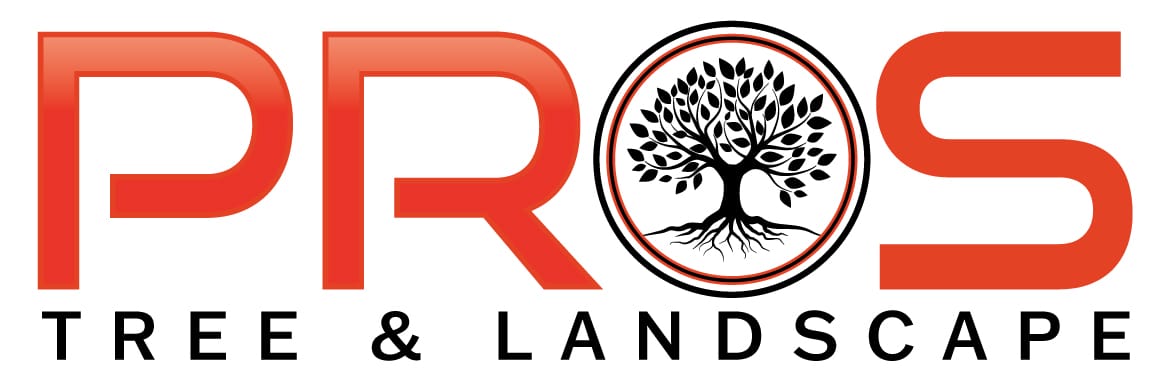Pruning is crucial for preserving the health, beauty, and production of trees. When done appropriately, pruning can shape trees, promote growth, and remove diseased or damaged branches. However, improper pruning results in harm to tree’s long-term health and vitality. At Tree Pros, we understand the need for correct pruning methods, and this is why our staff is trained to provide the best possible tree care services. In this article, we will look at some of the dangers of ineffective pruning and the harm it can do to trees.
Weak Branch Structure
One of the most severe repercussions of poor pruning is the development of a weak branch structure. The inherent strength and stability of the tree can be jeopardized by improper branch pruning, mainly when branches are chopped too near the trunk or the main stem. Improper pruning promotes the development of weakly connected branches, which increases the risk of the tree breaking during a storm or under the weight of thick foliage. Furthermore, a poor branch structure impairs the general health and lifespan of the tree.
Disease and Infection
Inadequate pruning techniques can leave trees with exposed wounds that serve as entrance points for diseases, insects, and illnesses. The tree is more vulnerable to infection because of improper pruning. These wounds are an easy entry point for fungi, such as canker diseases, which can quickly spread throughout the tree and cause severe harm or even death. It is essential to use correct pruning methods, which include making clean cuts well beyond the branch collar or bark ridge, to reduce the danger of illness and infection.

Stunted Growth
Improper pruning results in interference with a tree’s standard growth patterns and prevents healthy development. Excessive pruning or removal of branches can result in stunted growth. This is especially true for young trees and shrubs since they need their branches to collect nutrients and photosynthesis.
Cutting off too many branches hinders a tree’s capacity to generate energy, which results in sluggish growth, less foliage, and a general deterioration in health.
Increased Sprouting
Improper pruning frequently causes an overreaction from the tree, increasing sprouting. Incorrectly cutting off large branches causes the tree to respond by sprouting many weak, quickly-growing water sprouts or suckers from the remaining branches or trunk. These water sprouts disrupt the tree’s normal form and appearance while taking energy away from crucial development processes. Additionally, water sprouts are more vulnerable to pests and diseases, further endangering the tree’s health.
Aesthetic Decline
Pruning is not only crucial for the health of trees but also plays a significant role in their aesthetic appeal. Improper pruning can give a tree an uneven, unnatural look that detracts from its overall appeal. Furthermore, inadequate shaping can alter a tree’s natural form. At the same time, over-pruning and excessive thinning can make them appear fragile.
Aesthetically unpleasing results of improper pruning may require corrective measures, which can be time-consuming and costly and may only sometimes restore the tree to its original grace.
Tree Pros is a leading tree care services provider in Phoenix. We are known for our commitment to client satisfaction and ensure quality results. Our services includetree removal, tree trimming, stump removal, and many more.
Contact us today!
